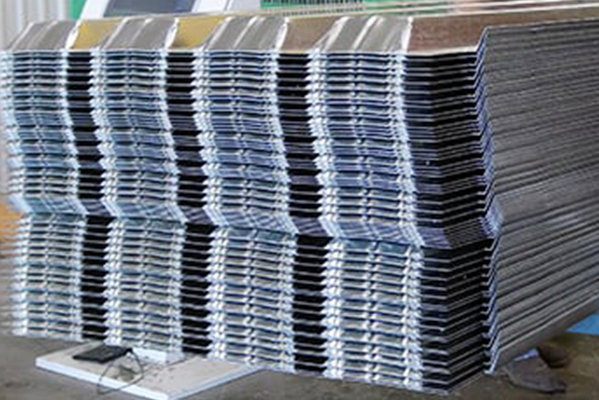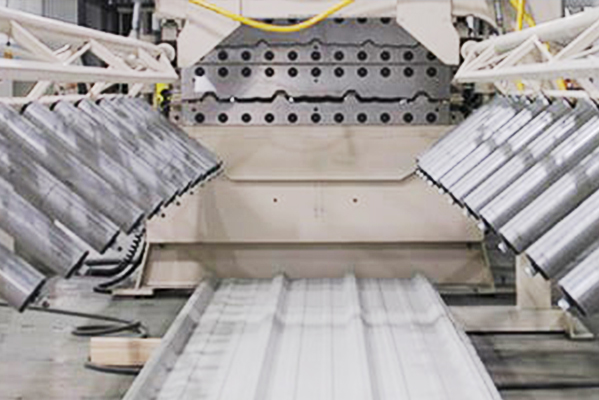Navigation Menu
Contact Us
- Email:
- info@wxavatar.com
- Address:
- Yurong Village, Yuqi Street, Huishan District, Wuxi, China.
Release Date:Jul 04, 2025 Visit:59 Source:Roll Forming Machine Factory
In modern manufacturing, efficiency and precision are key factors in maintaining competitiveness. Advanced stacking equipment has emerged as a vital solution, streamlining production processes and enhancing operational performance. This article explores how innovative stacking technology contributes to improved manufacturing efficiency.

1. Increased Automation Reduces Labor Costs
Traditional stacking processes often require manual intervention, leading to higher labor costs and potential inconsistencies. Advanced stacking equipment automates material handling, reducing reliance on human labor while maintaining consistent output. Automated systems can operate continuously, minimizing downtime and increasing throughput.
2. Enhanced Precision and Consistency
Manual stacking can result in errors, misalignments, and product damage. Modern stacking machines utilize sensors and programmable logic controllers (PLCs) to ensure precise placement of materials. This reduces waste and improves product quality, contributing to overall manufacturing efficiency.
3. Faster Processing Speeds
Advanced stacking systems are designed to handle materials at higher speeds than manual methods. By optimizing movement patterns and utilizing high-speed actuators, these machines significantly reduce cycle times, allowing manufacturers to meet higher production demands without compromising accuracy.
4. Improved Space Utilization
Efficient stacking equipment maximizes warehouse and production floor space by organizing materials in compact, stable configurations. Automated stacking systems can adjust stacking patterns based on product dimensions, optimizing storage capacity and reducing clutter in the workspace.
5. Seamless Integration with Production Lines
Modern stacking solutions can be integrated with other automated systems, such as robotic arms and conveyor belts, creating a cohesive production line. This integration minimizes bottlenecks and ensures smooth material flow, enhancing overall manufacturing efficiency.
6. Reduced Equipment Downtime
Reliability is a critical factor in manufacturing. Advanced stacking machines are built with durable components and predictive maintenance capabilities, reducing unexpected breakdowns. Real-time monitoring systems alert operators to potential issues before they escalate, ensuring continuous operation.
7. Adaptability to Various Materials
Different industries require stacking solutions for diverse materials, from boxes and pallets to sheet metal and automotive parts. Advanced stacking equipment can be customized to handle various shapes, sizes, and weights, making it a versatile asset across multiple manufacturing sectors.
Conclusion
Advanced stacking equipment plays a crucial role in modern manufacturing by automating processes, improving precision, and increasing production speeds. By reducing labor dependency, minimizing errors, and optimizing space usage, these systems contribute significantly to operational efficiency. As technology continues to evolve, stacking equipment will remain a key component in driving manufacturing productivity.

By adopting these innovations, manufacturers can enhance their competitiveness while maintaining high standards of quality and efficiency.